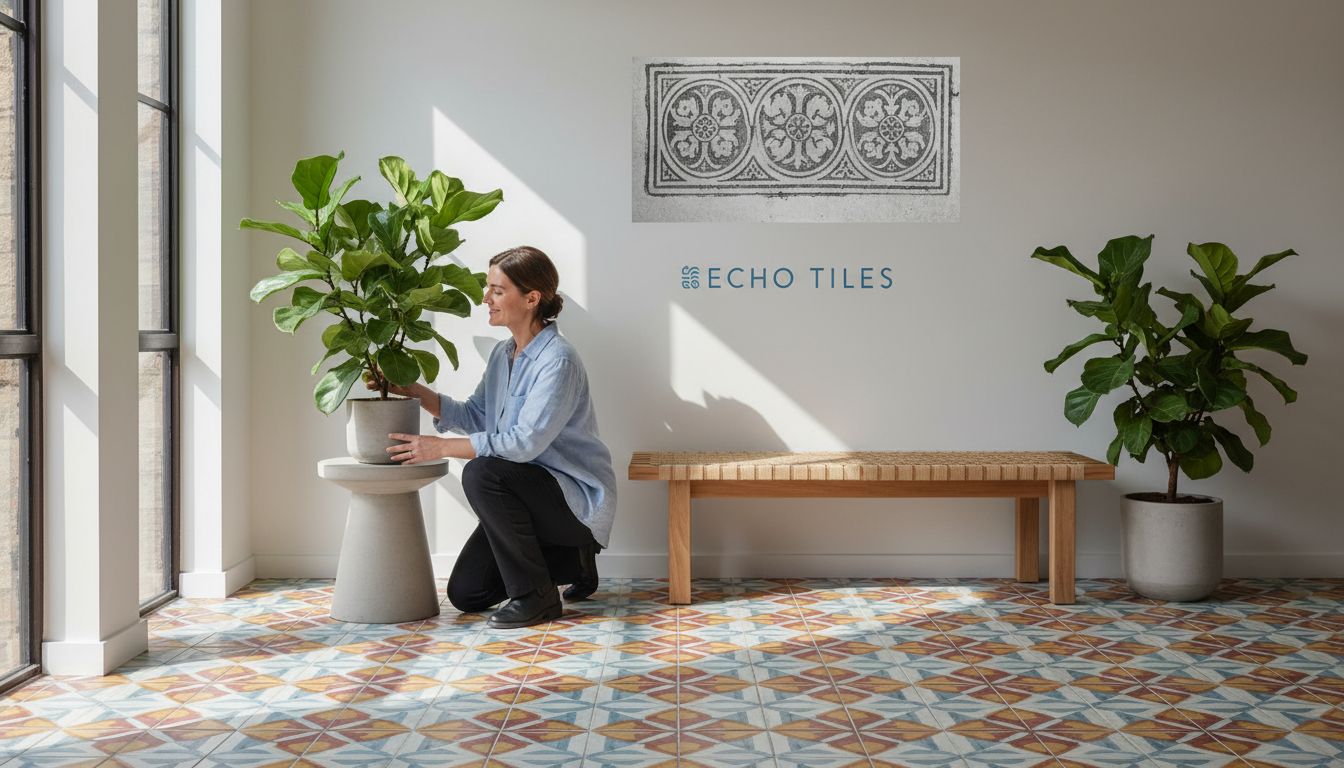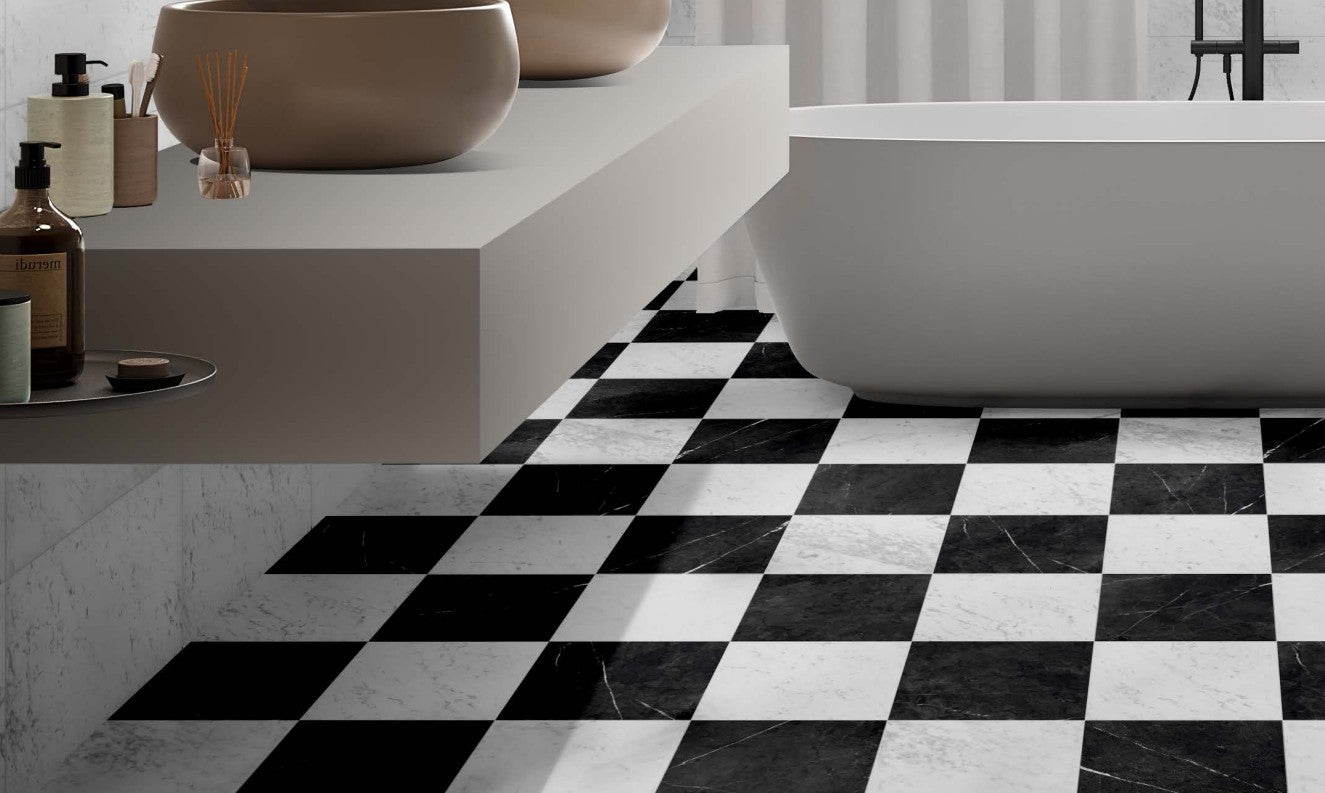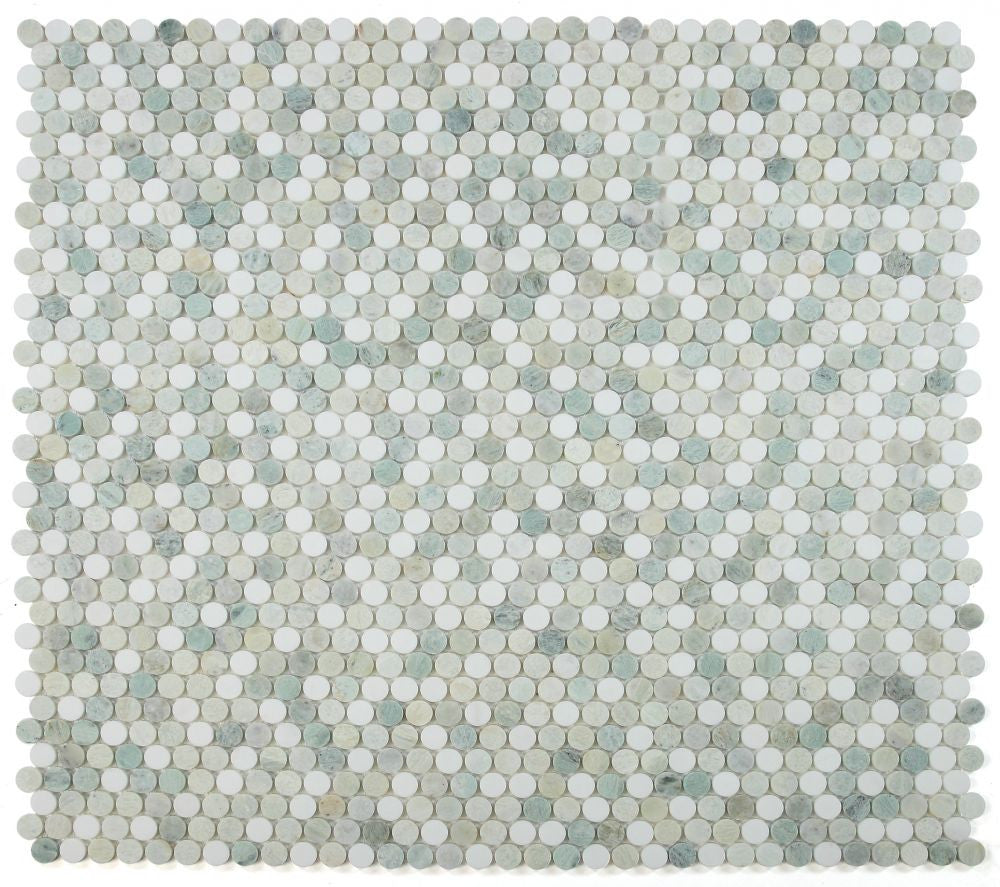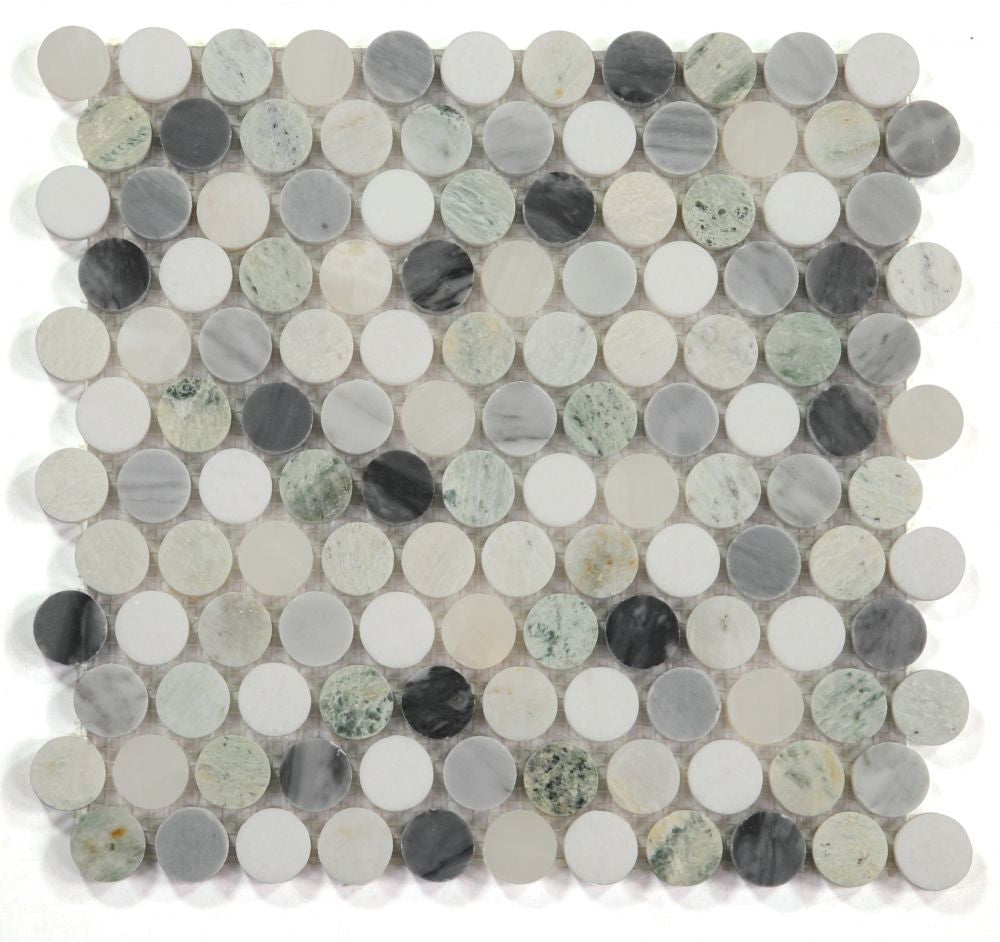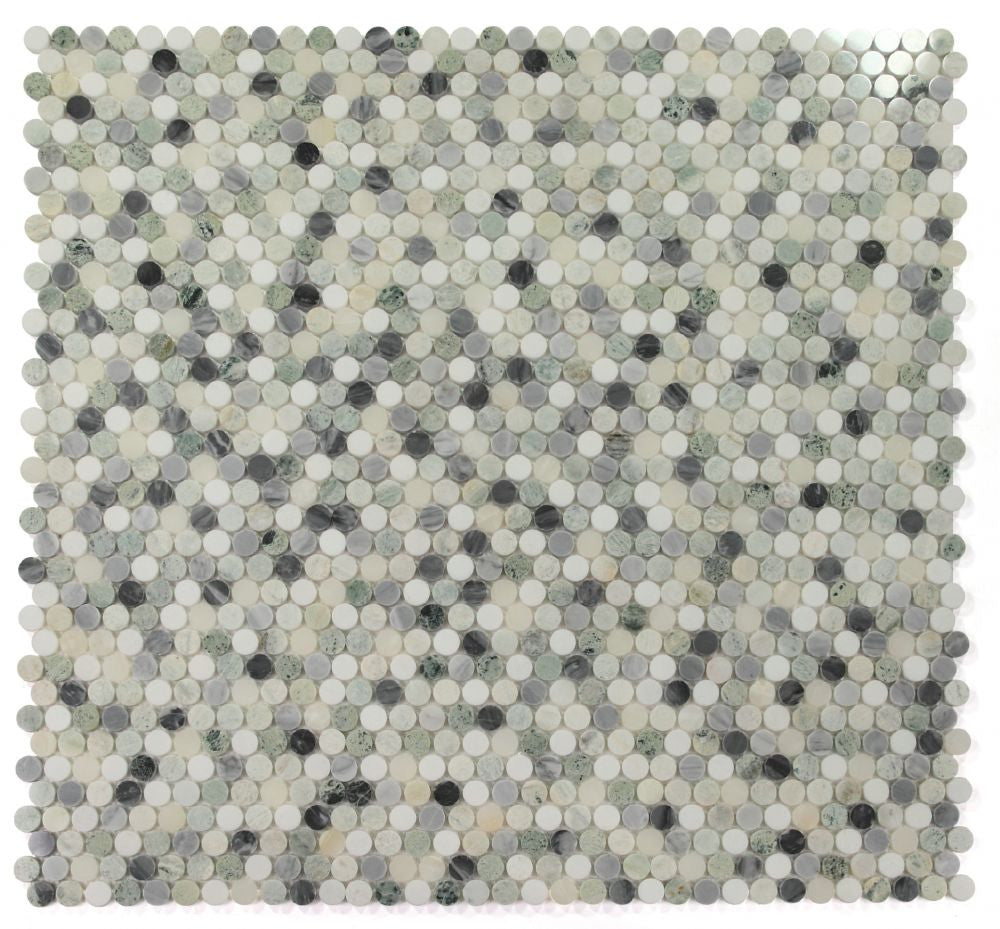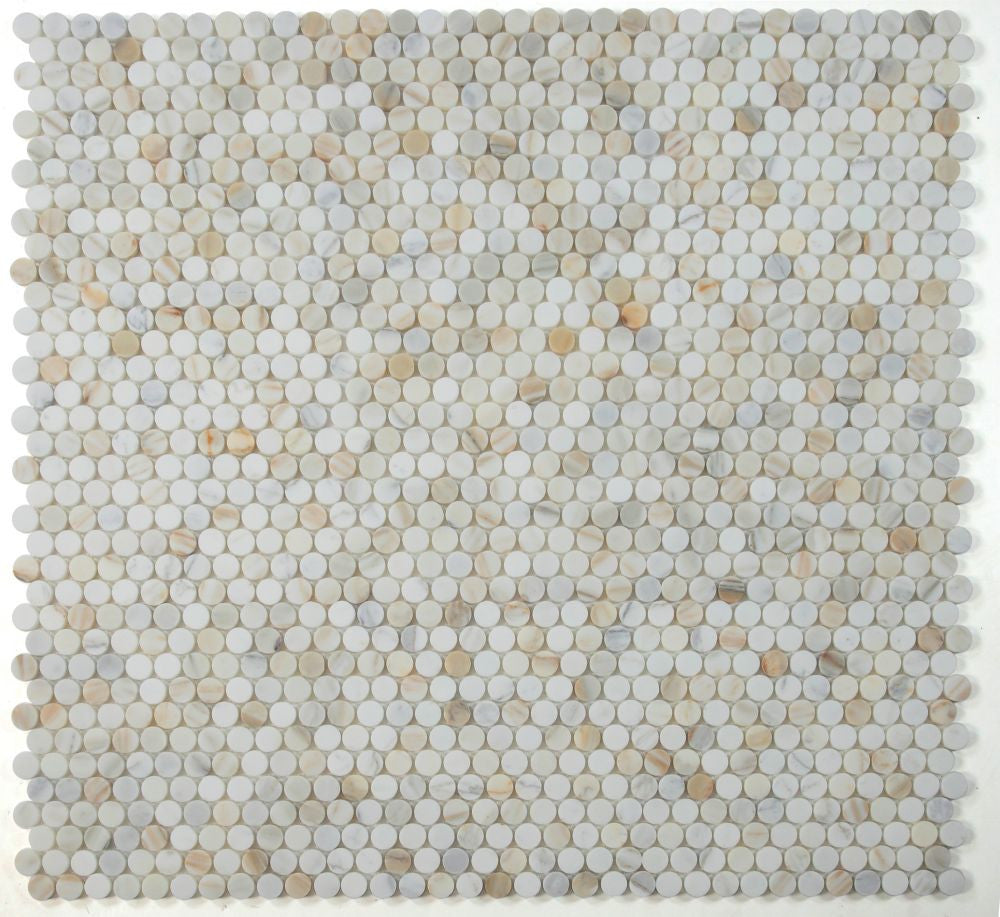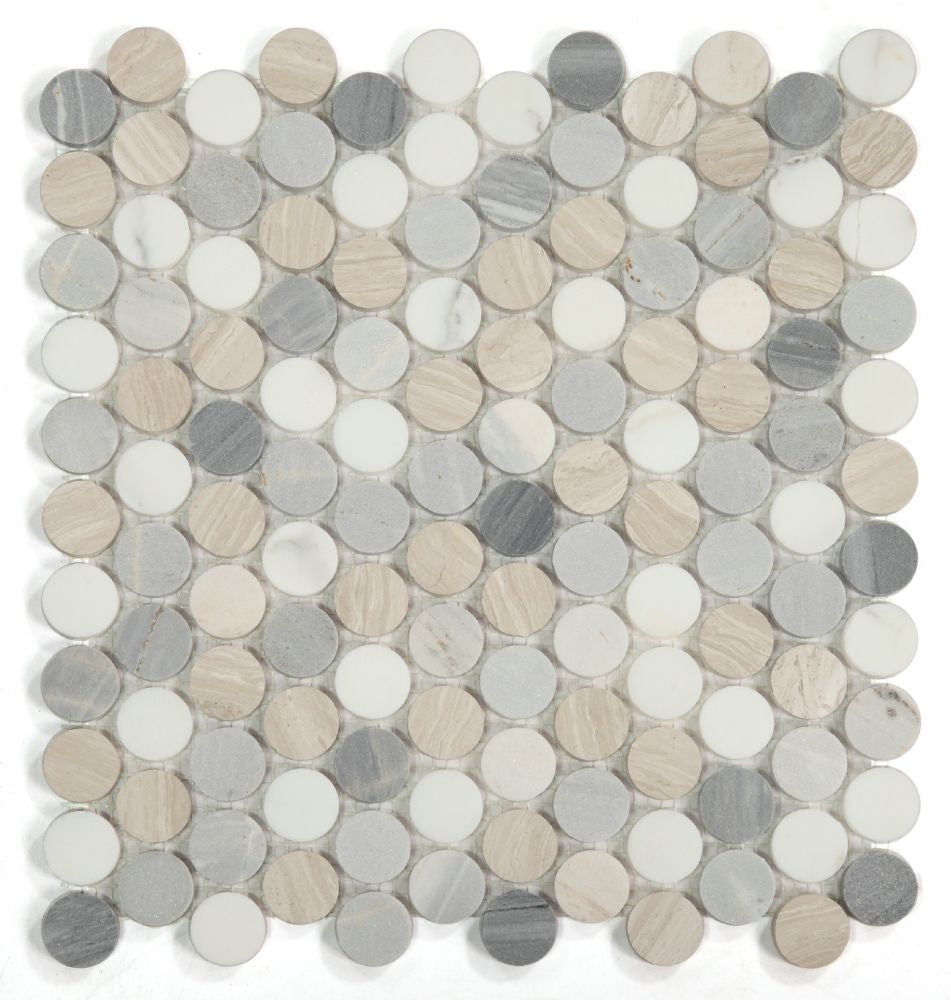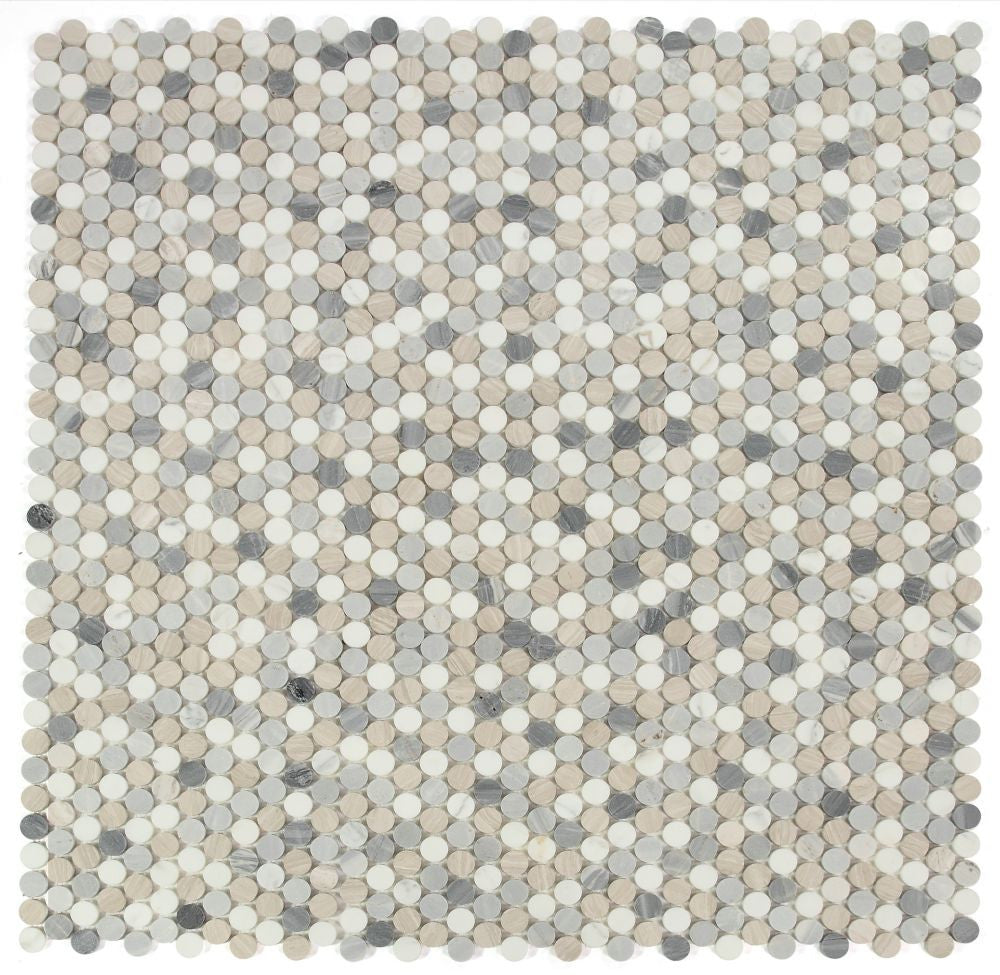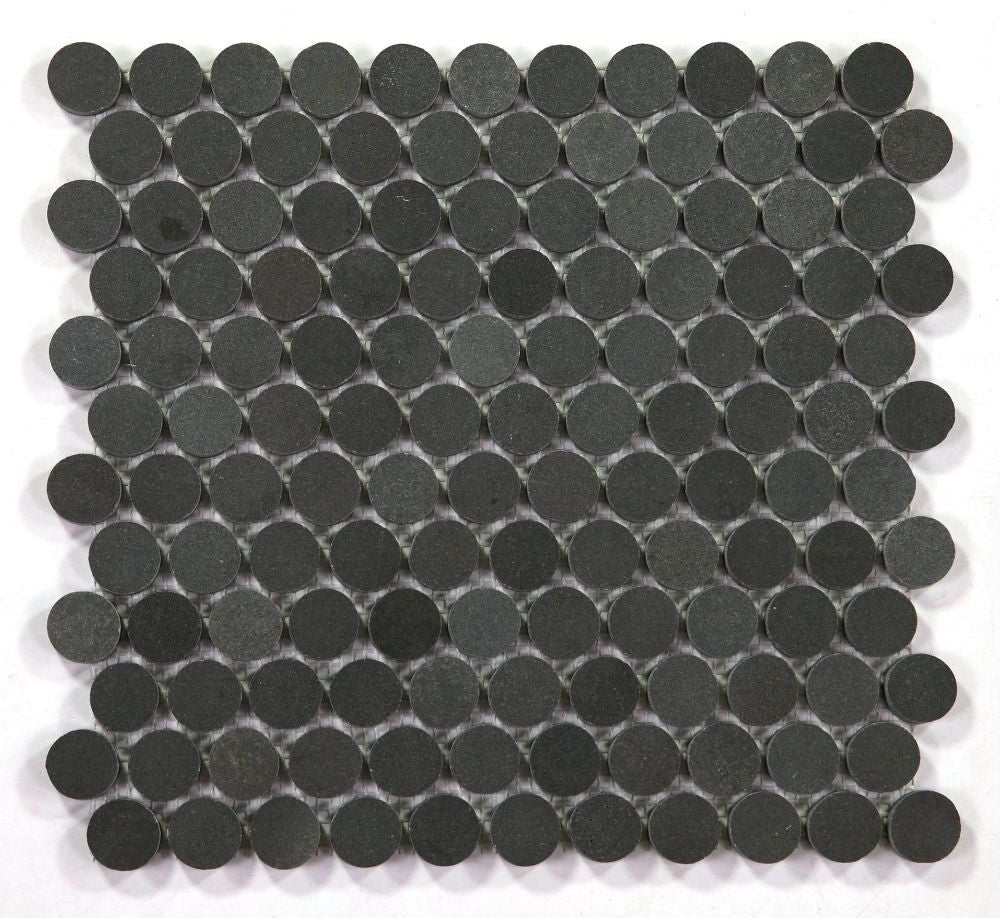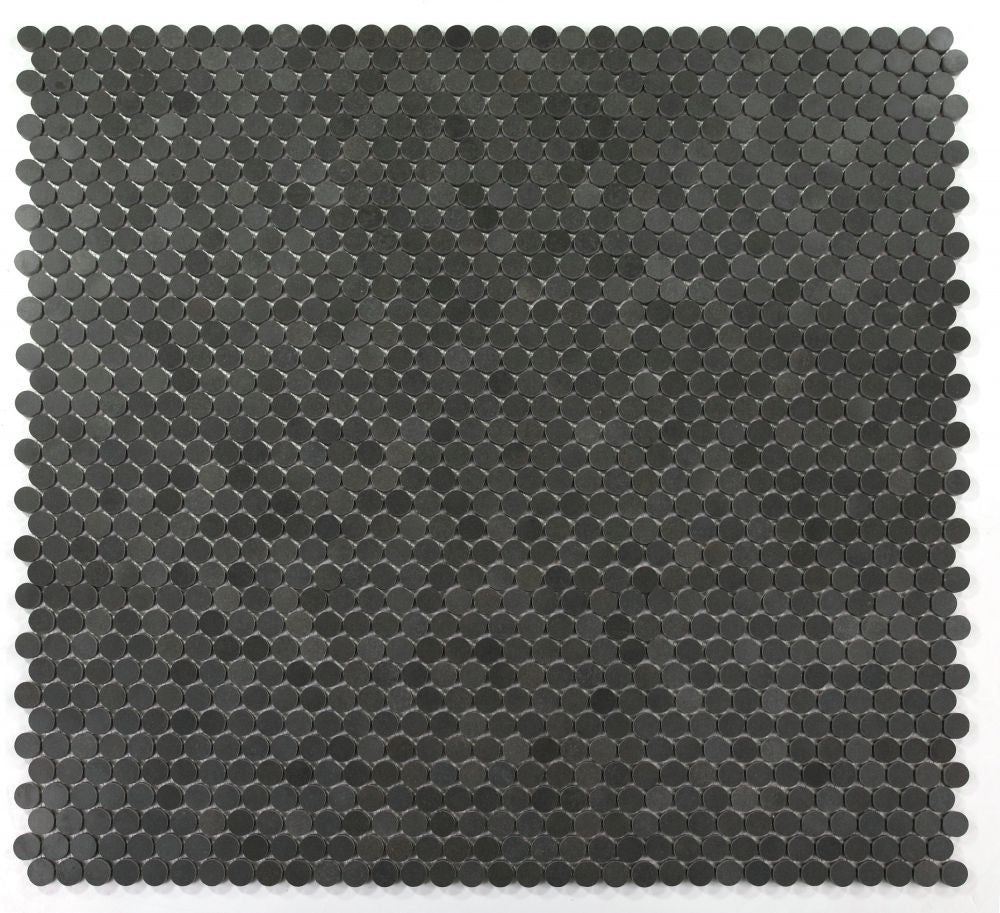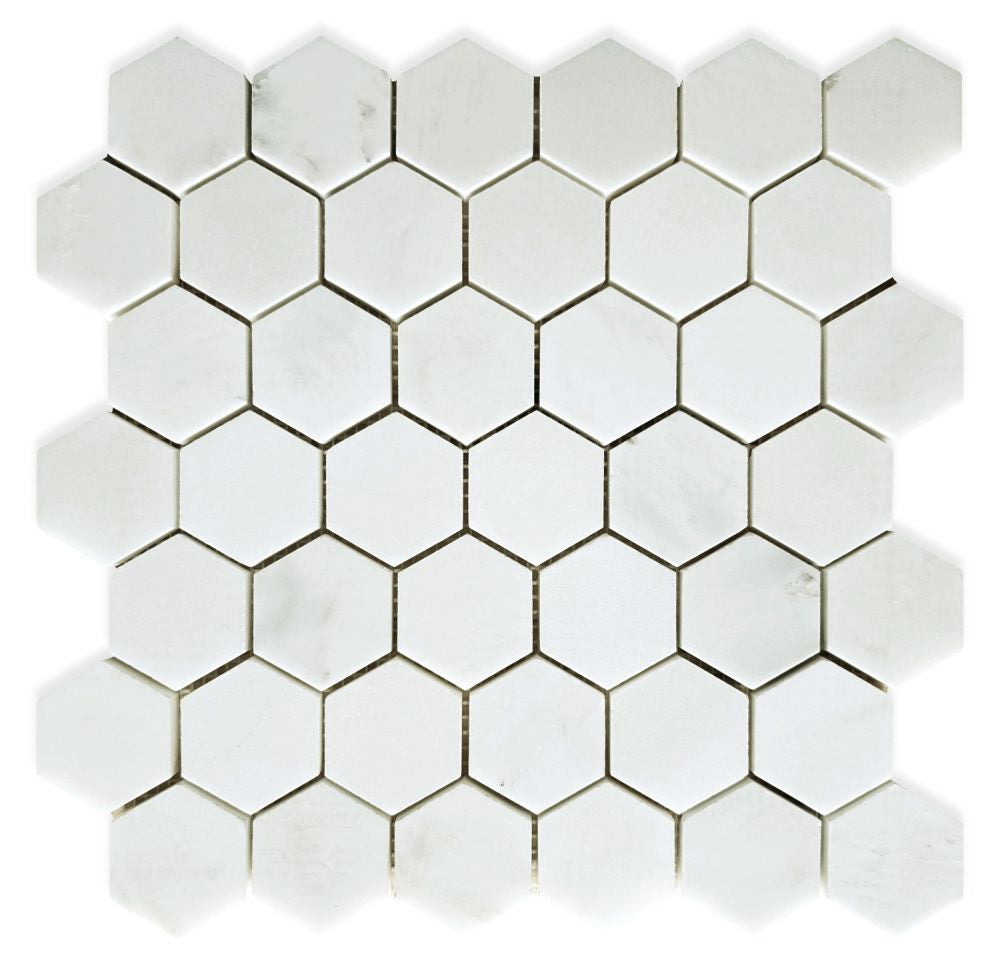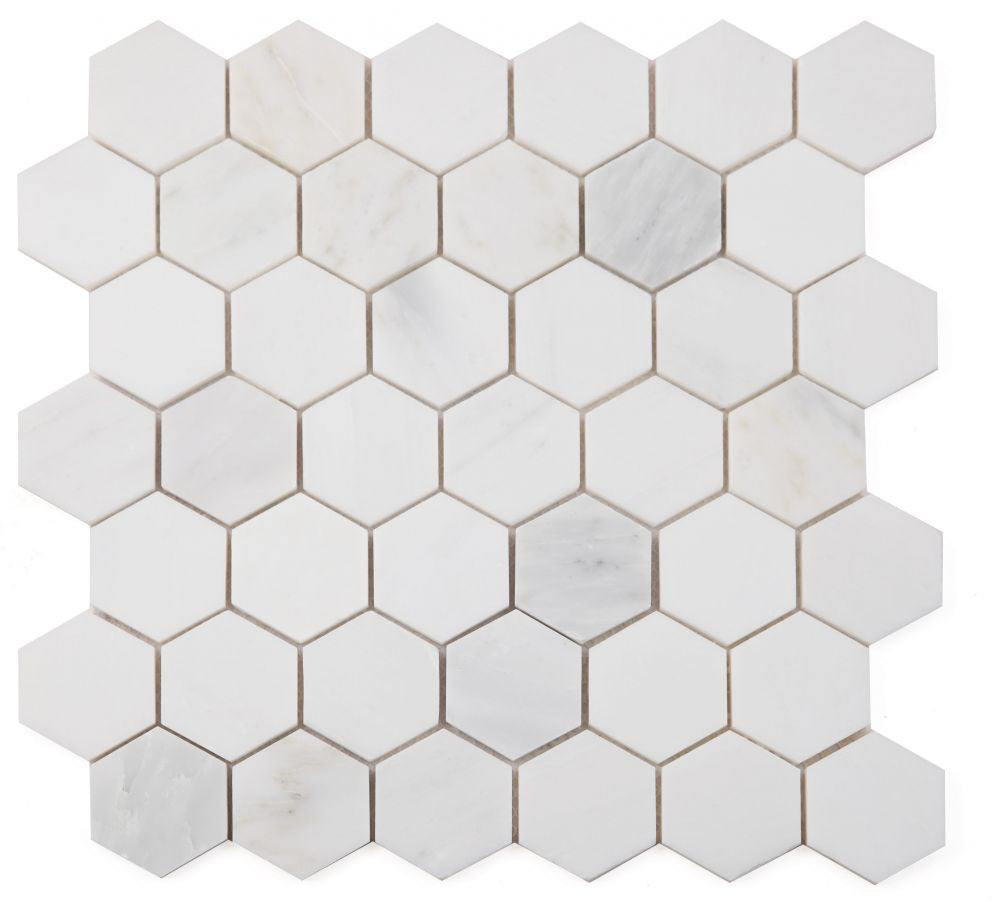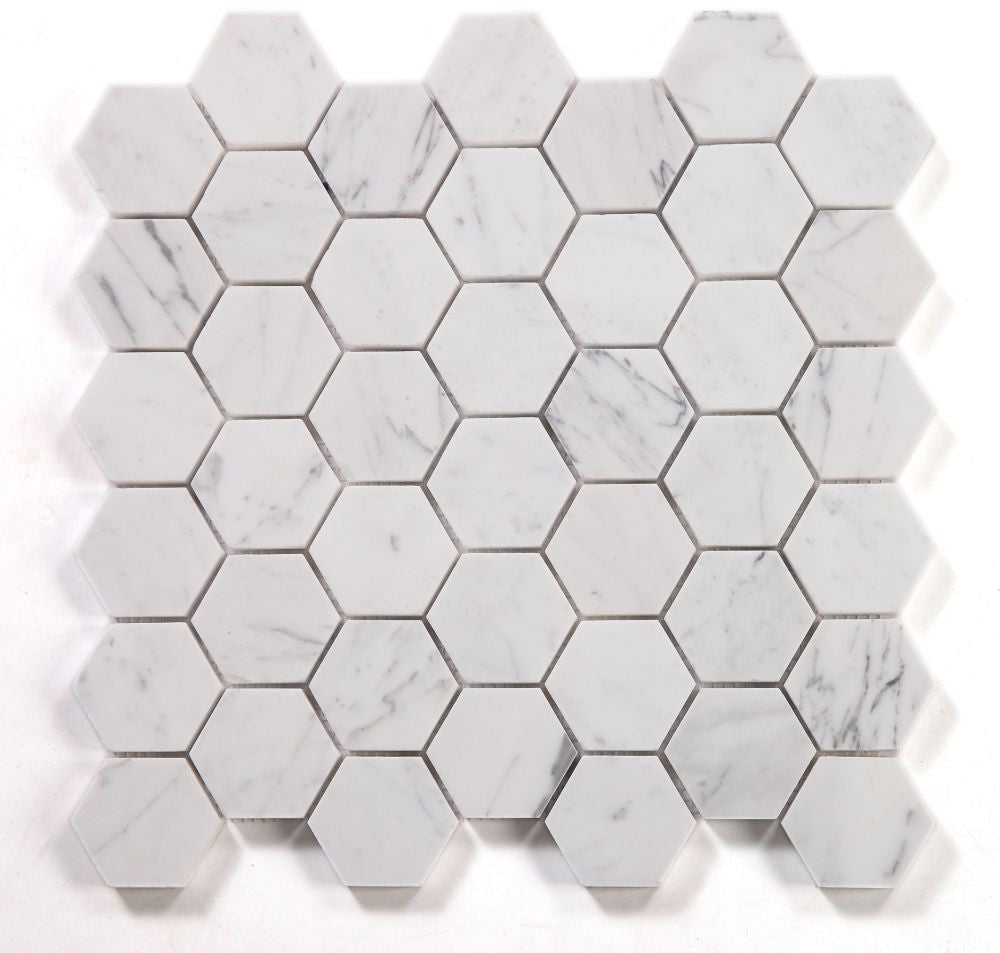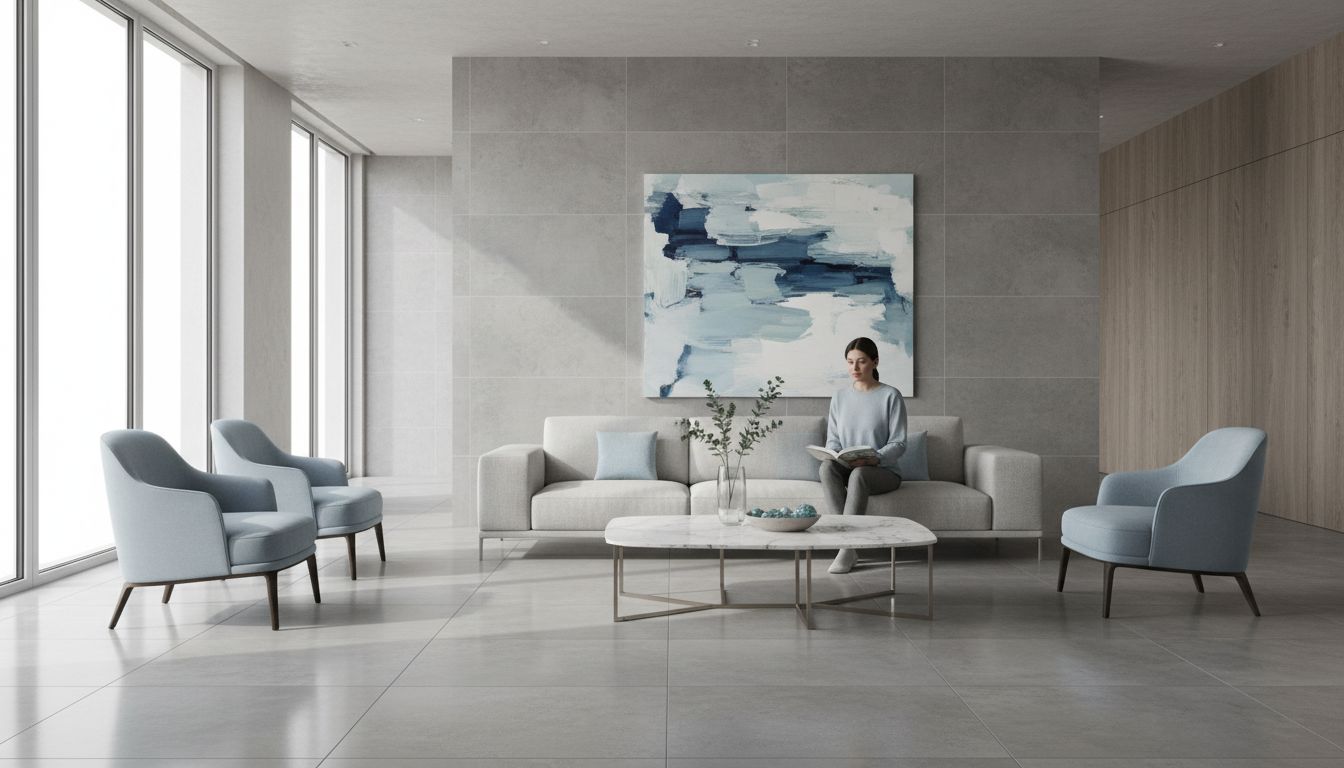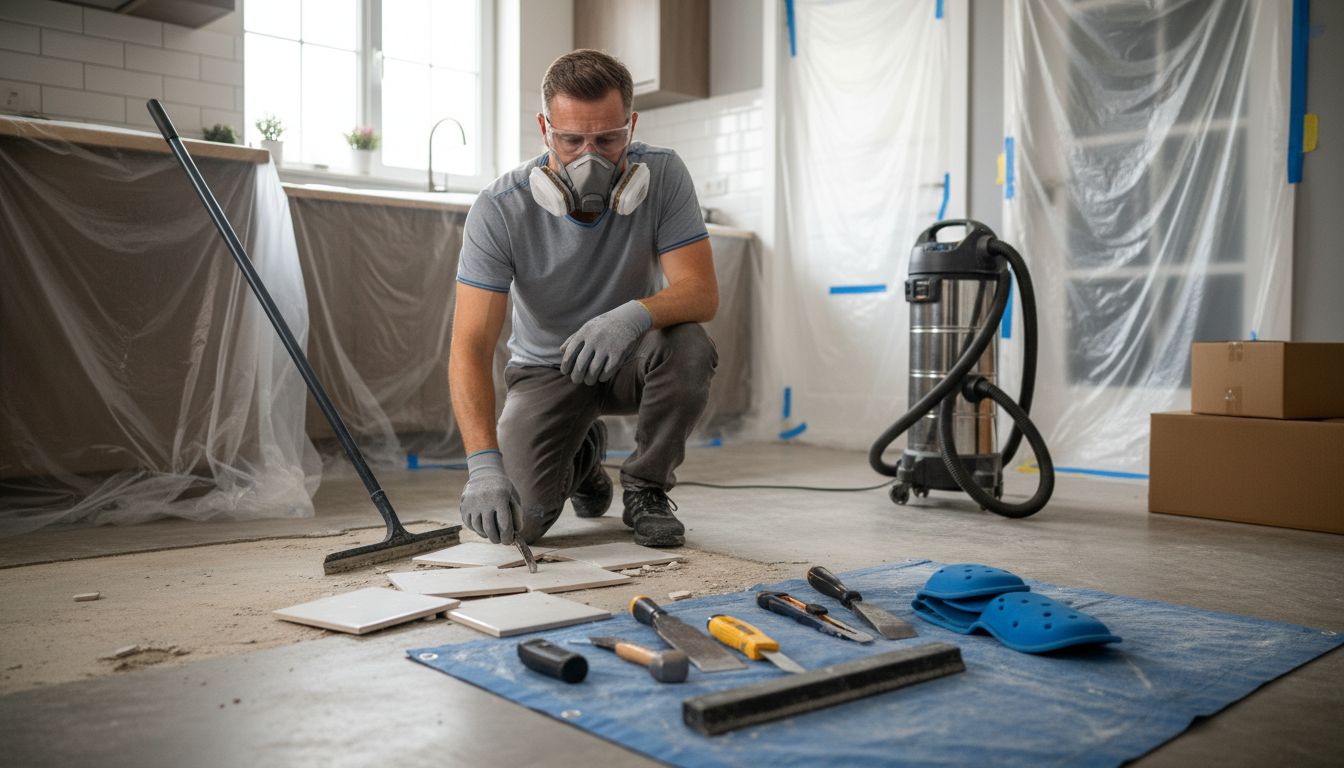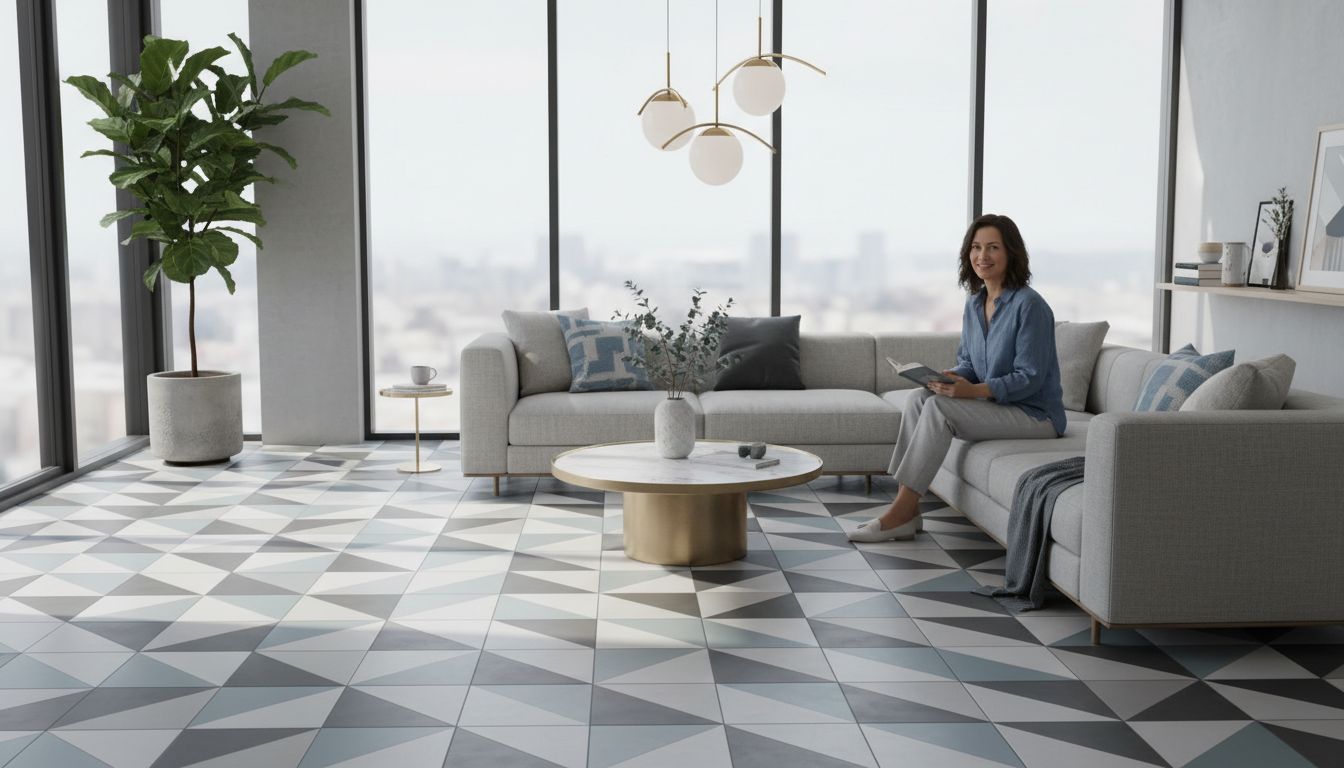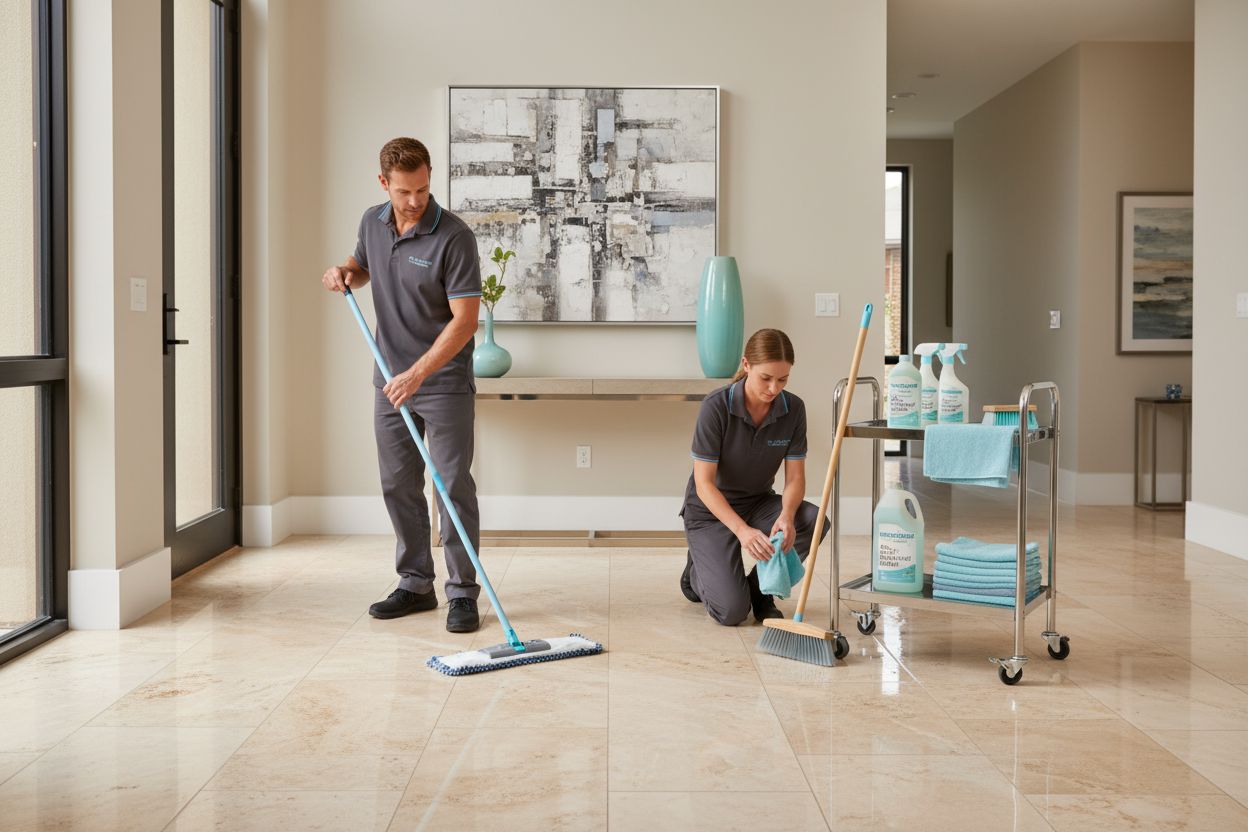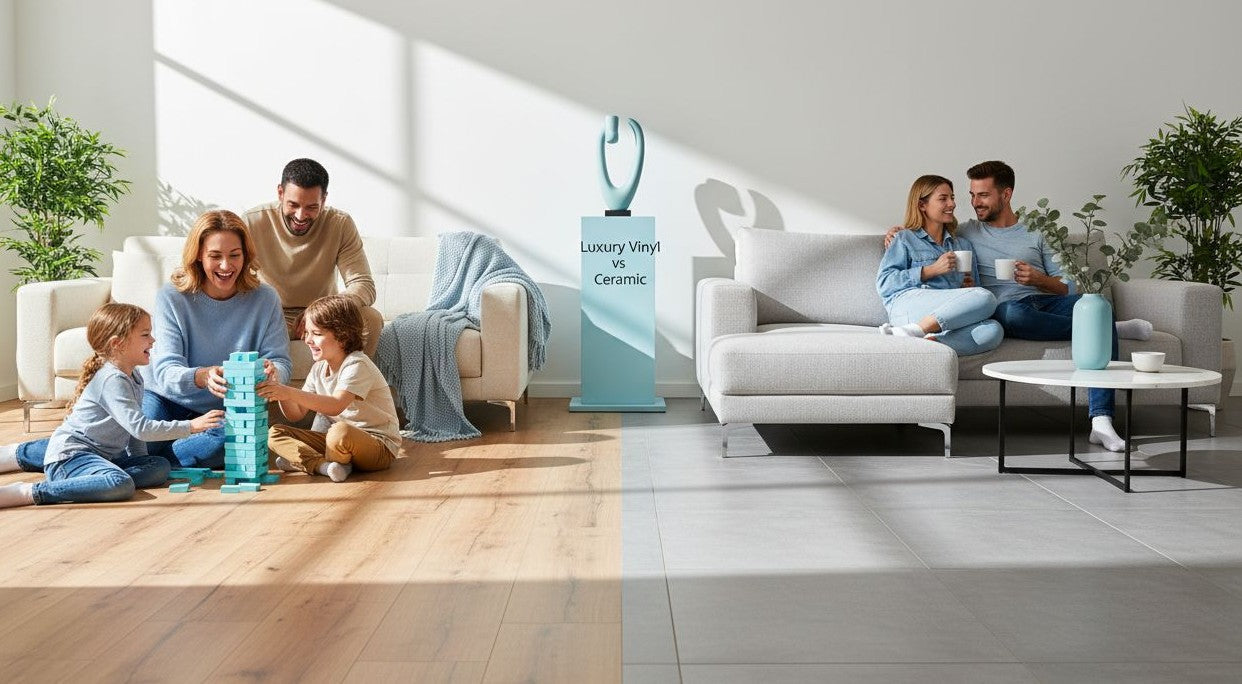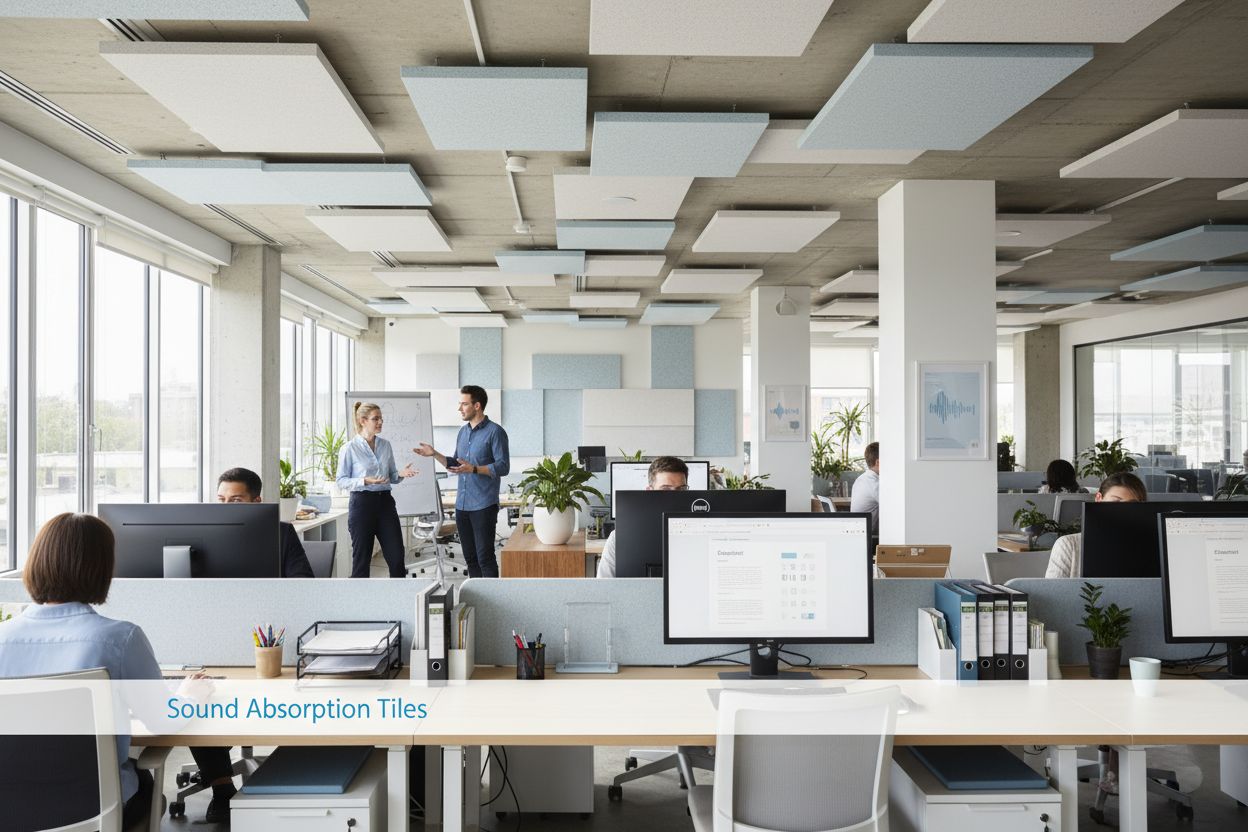Did you know that some encaustic tiles installed in cathedrals over 600 years ago are still vibrant today? These tiles deliver more than stunning visuals, blending artistry and history in every piece. Their inlaid patterns, crafted before the tile is fired, create unmatched durability and depth of color. Understanding what truly sets encaustic tiles apart can help anyone make informed choices for unique and long-lasting home design.
Table of Contents
- Defining Encaustic Tiles And Common Misconceptions
- Distinct Types And Design Patterns Of Encaustic Tiles
- Manufacturing Process And Materials Used
- Best Applications In Modern Home Design
- Installation Requirements And Upkeep Challenges
- Cost Considerations And Comparing Alternatives
Key Takeaways
| Point | Details |
|---|---|
| Encaustic Tile Definition | Encaustic tiles feature inlaid designs made during manufacturing, distinguishing them from surface-decorated tiles. |
| Versatile Design Applications | These tiles are suitable for various settings including kitchens, bathrooms, and entryways, enhancing both aesthetics and functionality. |
| Installation and Maintenance | Expert installation and gentle cleaning methods are crucial for preserving the integrity and beauty of encaustic tiles. |
| Cost Considerations | While more expensive than conventional tiles, their durability and unique design justify the investment over time. |
Defining Encaustic Tiles and Common Misconceptions
Encaustic tiles are far more than just decorative floor coverings. According to research from historic preservation documents, these traditional unglazed ceramic tiles feature intricate patterns created directly during their manufacturing process, setting them apart from surface-decorated alternatives. Originating between the 13th and 15th centuries, these tiles are characterized by their distinctive inlaid designs that become an integral part of the tile itself.
Unlike typical ceramic tiles, encaustic tiles showcase remarkable artistry through their unique construction method. The patterns are not merely painted on top, but actually embedded into the clay body during production. As historical sources indicate, classic encaustic tiles often featured red-brown backgrounds with bright white designs, creating stunning visual contrasts that have captivated designers and homeowners for centuries.
Common misconceptions about encaustic tiles include thinking they are simply painted or that they lack durability. In reality, these tiles are incredibly resilient. Understanding glazed vs unglazed tiles can help clarify their unique characteristics. The inlaid design means the pattern remains vibrant and intact even as the tile ages, making them a long-lasting decorative solution for floors and walls.
Key features that distinguish encaustic tiles include:
- Patterns created during manufacturing, not applied afterward
- Unglazed ceramic construction
- Historical design techniques dating back to medieval periods
- Remarkable color depth and intricate visual complexity
Whether you’re seeking a historical design element or a conversation piece for your home, encaustic tiles offer a unique blend of artistry and functionality that transcends typical tile options.
Distinct Types and Design Patterns of Encaustic Tiles
Encaustic tiles boast an incredible array of design patterns that transform spaces from ordinary to extraordinary. According to research, these tiles feature diverse styles ranging from Moroccan trellis to intricate Spanish arabesque designs, each offering a unique aesthetic appeal. Historical documentation reveals that manufacturers like Maw & Co. developed extensive catalogs showcasing patterns suitable for various architectural spaces, including entrance halls, corridors, and even churches.
The range of encaustic tile patterns is truly remarkable. Designers and homeowners can choose from geometric styles like hexagonal arrangements, elaborate floral medallions, and delicate Victorian lace-inspired motifs. Mixing tile patterns for stunning spaces can help you understand how to combine these intricate designs effectively and create visually compelling environments.
Traditional encaustic tile patterns often reflect cultural and historical influences. Some notable design categories include:
- Moroccan Trellis: Intricate interlocking geometric shapes
- Spanish Arabesque: Flowing, curved linear patterns
- Victorian Floral Lace: Delicate, ornate botanical representations
- Geometric Hexagon: Modern, structured angular designs
These diverse patterns demonstrate the remarkable versatility of encaustic tiles, allowing them to complement virtually any interior design aesthetic from traditional to contemporary spaces.
Manufacturing Process and Materials Used
Encaustic tile manufacturing is an intricate art form that has evolved from medieval craftsmanship to modern precision techniques. According to historic preservation research, the process involves carefully pressing layers of fine and coarse clay into specialized molds, creating complex inlaid patterns that are unique to each tile. Unlike typical ceramic production, these tiles require exceptional skill and attention to detail during every stage of creation.
Traditional manufacturing methods reveal fascinating insights into the tile-making process. As historical sources indicate, medieval artisans would impress designs into clay and then fill these impressions with contrasting colored clay slips. Understanding geometric tile shapes can provide additional context for how these intricate patterns are conceptualized and implemented. The original techniques often included applying lead-based glazes to enhance color depth and visual complexity.
Key materials and manufacturing steps for encaustic tiles include:
- High-quality clay bodies (fine and coarse clay mixtures)
- Specialized ceramic molds with precise design impressions
- Colored clay slips for pattern creation
- Precise pressing and layering techniques
- Controlled drying and high-temperature firing processes
Modern encaustic tile production maintains the spirit of traditional craftsmanship while incorporating contemporary manufacturing technologies. This blend of historical technique and modern precision ensures that each tile remains a unique work of art, preserving the rich legacy of ceramic tile design.

Here’s a comparison of the manufacturing processes for traditional and modern encaustic tiles:
| Manufacturing Step | Traditional Encaustic Tiles | Modern Encaustic Tiles |
|---|---|---|
| Clay Preparation | Hand-mixed fine & coarse clays | Machine-mixed, high-purity clay blends |
| Pattern Creation | Impressions filled with colored clay slips | Precision molds & colored clays |
| Forming Technique | Manual pressing in custom molds | Hydraulic/mechanical pressing |
| Drying & Firing | Slow air-drying, wood or coal kilns | Controlled environments, gas/electric kilns |
| Decorative Finish | Lead-based glazes (historically) or unglazed | Modern glazes or unglazed surfaces |
| Quality Control | Visual inspection by artisan | Automated & manual quality checks |
Best Applications in Modern Home Design
Encaustic tiles have emerged as a versatile design element that can dramatically transform modern living spaces. Research indicates these tiles are particularly effective in enhancing areas like kitchens, bathrooms, and entryways, where their intricate patterns and vibrant colors can create stunning visual impact. The unique ability of encaustic tiles to blend historical craftsmanship with contemporary aesthetics makes them an ideal choice for homeowners seeking distinctive interior design solutions.
Different home spaces offer remarkable opportunities for encaustic tile applications. 7 Practical Open Plan Living Ideas for Stylish Spaces can provide additional context for integrating these tiles into modern home layouts. Historical documentation reveals that these tiles are suitable for diverse architectural spaces, ranging from entrance halls and corridors to more specialized areas like conservatories.
Key applications for encaustic tiles in modern home design include:
- Kitchen Backsplashes: Adding artistic flair and visual interest
- Bathroom Accent Walls: Creating luxurious, unique design statements
- Entryway Floors: Making powerful first impressions
- Fireplace Surrounds: Introducing elegant, historic charm
- Outdoor Patio Areas: Bringing sophisticated design to exterior spaces
Modern designers appreciate encaustic tiles for their ability to bridge traditional craftsmanship with contemporary design sensibilities. Whether used as subtle accents or bold statement pieces, these tiles offer unparalleled versatility in creating visually compelling and personalized living environments.
Installation Requirements and Upkeep Challenges
Encaustic tile installation demands exceptional precision and expertise that goes far beyond typical ceramic tile placement. According to historic preservation research, the process requires careful handling to prevent warping and ensure the intricate inlaid patterns remain intact during installation. Professional installers must understand the delicate nature of these tiles, paying meticulous attention to substrate preparation, adhesive selection, and precise placement techniques.
Maintaining the beauty of encaustic tiles involves a strategic approach to cleaning and preservation. As historical sources indicate, avoiding harsh chemicals is crucial to protecting the integrity of the inlaid designs and original glaze. 8 Luxury Bathroom Tile Ideas for a Stunning Makeover can provide additional insights into preserving the aesthetic quality of decorative tiles in challenging environments.
Key installation and maintenance considerations include:
- Specialized substrate preparation with perfectly level surfaces
- Use of specific ceramic tile adhesives compatible with encaustic materials
- Careful spacing and alignment to preserve pattern integrity
- Gentle cleaning methods using pH-neutral cleaners
- Periodic professional sealing to protect intricate designs
- Avoiding abrasive cleaning tools that might damage surface patterns
While encaustic tiles require more nuanced care compared to standard ceramic tiles, their exceptional beauty and historical significance make the extra effort worthwhile. Homeowners who invest time in proper installation and maintenance can enjoy these remarkable tiles for generations, preserving a piece of decorative arts history in their living spaces.
Cost Considerations and Comparing Alternatives
Encaustic tiles represent a significant investment in home design, with costs reflecting their unique craftsmanship and intricate manufacturing process. According to research, while these tiles are more expensive than standard ceramic options, their exceptional durability and aesthetic appeal often justify the higher initial price point. Homeowners must carefully weigh the long-term value against upfront expenses when considering these artisanal tile solutions.
Comparing encaustic tiles with alternative flooring and wall covering options reveals nuanced considerations beyond mere pricing. 7 Timeless Tips for Choosing Vintage Tile Patterns can help provide context for understanding the unique value proposition of these specialized tiles. Historic preservation documents highlight that the superior durability of encaustic tiles can actually make them more economical over time compared to surface-decorated alternatives that may require more frequent replacement.
Key cost and alternative comparison factors include:
- Initial material costs per square foot
- Installation complexity and professional labor expenses
- Long-term durability and potential replacement frequency
- Aesthetic uniqueness and design versatility
- Maintenance requirements and associated upkeep costs
- Potential impact on property value
Ultimately, encaustic tiles offer more than just a surface covering – they provide a distinctive design statement that blends historical craftsmanship with contemporary aesthetic sensibilities. While the initial investment might seem substantial, the timeless beauty and exceptional durability make these tiles an attractive option for discerning homeowners seeking truly exceptional interior design elements.
Discover the Timeless Beauty and Durability of Encaustic Tiles for Your Home
Are you looking to bring authentic craftsmanship and lasting elegance into your living spaces but worried about finding the right quality encaustic tiles and care guidance? This article highlights how encaustic tiles offer intricate, inlaid designs and remarkable durability that stand the test of time. Yet their unique installation and maintenance needs can feel challenging without proper support. If your goal is to enrich kitchens backsplashes, bathroom accent walls, or entryways with striking patterns that tell a story, it is essential to choose tiles that balance artistry with practical performance.
At TileChoices.com, we understand the desire to blend historical charm with modern convenience. Our extensive collection of high-quality tiles includes carefully selected encaustic-inspired options along with expert advice on installation and upkeep. Explore how to integrate these beautiful patterns through our educational blog, or request samples to see colors and textures first-hand. Don’t wait to make a stunning transformation that lasts for generations. Visit TileChoices.com today and take the first step toward creating a personalized space that celebrates authenticity and design.
Ready to turn your design vision into reality with uncompromising quality and style? Start your tile journey now and experience the perfect fusion of tradition and innovation at TileChoices.com.
Frequently Asked Questions
What are encaustic tiles?
Encaustic tiles are unglazed ceramic tiles with intricate patterns that are embedded into the tile during manufacturing, originating between the 13th and 15th centuries. They are known for their durability and artistic designs that reflect historical craftsmanship.
How are encaustic tiles made?
The manufacturing process of encaustic tiles involves carefully pressing layers of fine and coarse clay into specialized molds, then filling design impressions with colored clay slips. This process maintains the integrity of the patterns even as the tile ages.
What are some common applications for encaustic tiles in home design?
Encaustic tiles can be utilized in various spaces, including kitchen backsplashes, bathroom accent walls, entryway floors, fireplace surrounds, and outdoor patios. Their unique designs can enhance both modern and traditional aesthetics.
How do I maintain and clean encaustic tiles?
To maintain encaustic tiles, use pH-neutral cleaners and avoid harsh chemicals that may damage the inlaid designs. Regular gentle cleaning and periodic professional sealing are recommended to preserve their beauty and integrity.

